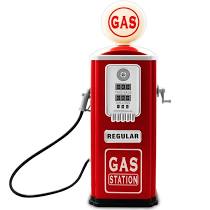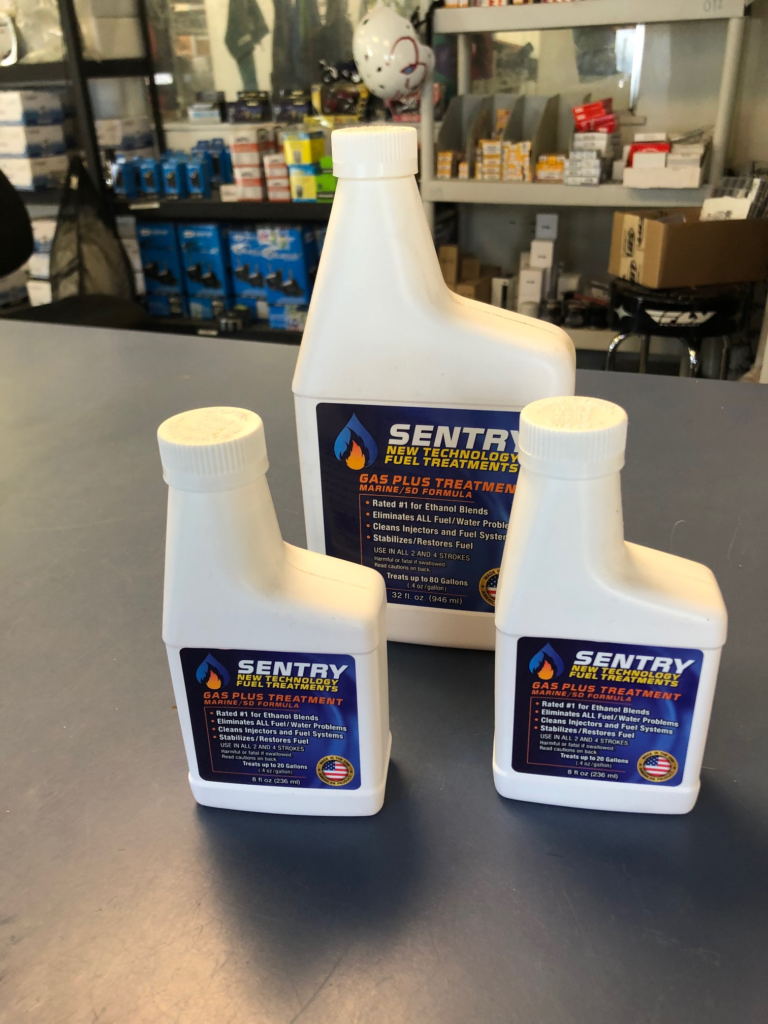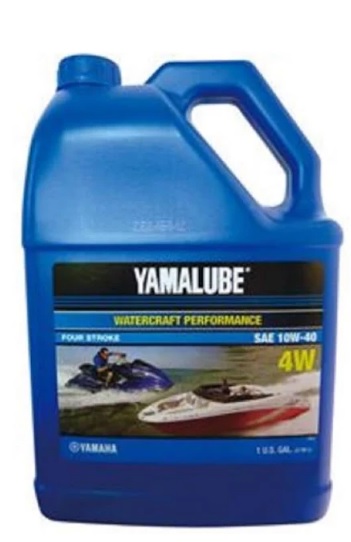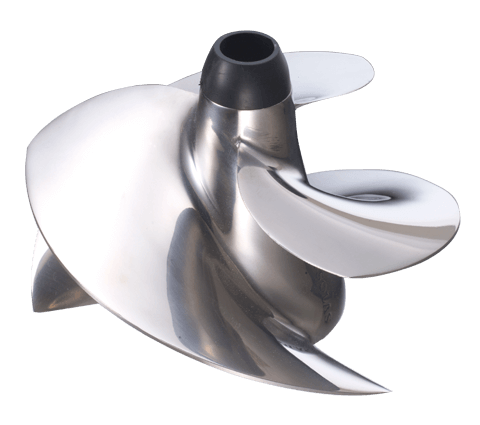I am going to go out on a limb here and say yes.
With the advent of colder weather, repairs, engine replacement, or even just life in general, your jet ski can sit for extended periods of time. A couple months over the winter or years in the garage or yard as you do other things. During this time your gas is slowly and quietly degrading.
Gasoline 101
The two enemies of gas are time and water.

Regular gasoline has a shelf life of about 3-6 months before it begins to degrade, but gas with Ethanol can begin to degrade in just 1-3 months. Knowing the age of the fuel in your tank can be a bit tricky as it begins to break down as soon as it leaves the refinery.
Gas is composed of a multitude of compounds and looses octane as it oxidizes and evaporates. The “gas smell” you notice is the result of the lighter of these compounds reacting to the oxygen in the air and evaporating. Several of the components will evaporate over time causing a loss in octane and thickening of the fuel (Not something you want to run through your motor). Loss of octane = Loss of combustion. Combustion makes your engine run.
When ethanol is added to gasoline, it can absorb water from surrounding air or any water that gets in your tank . If enough water is absorbed, it will lead to phase separation, which is when the ethanol and gas separate like oil and water. The water bonded ethanol takes octane with it and sinks to the bottom of your tank and this can not be reversed with any additives or treatments. This will cause rusting, interfere with lubrication and do major damage to your motor.
How Can I Tell If I Have Bad Gas?
Look at it. Bad gas will have a darker color and even a different, sour kind of smell. Bad or degrading gas will cause your motor to knock and sputter, stall, or even fail to start at all.
What Should You Do?
If you have bad gas…. get rid of it. Don’t play with it or chance it running through and damaging your engine.
Prevention is your best plan. If your ski will sit for any extended period of time, I suggest a gas stabilizer which is much cheaper than repairs or a new motor. The compounds in a stabilizer form a protective bond from water and evaporation, and can extend the shelf life of your fuel for up to a year.

The one I use and recommend is Sentry. Along with protecting against moisture and stabilizing fuel, it also aids in lubrication making it multi-useful.
When adding stabilizer to your fuel tank:
- READ THE LABEL for the amount to use.
- Begin with ½ tank of gas or less
- Add the recommended amount of stabilizer
- Fill the tank the rest of the way
- Run your engine for 5-10 minutes to ensure that the treated fuel runs through your engine.


